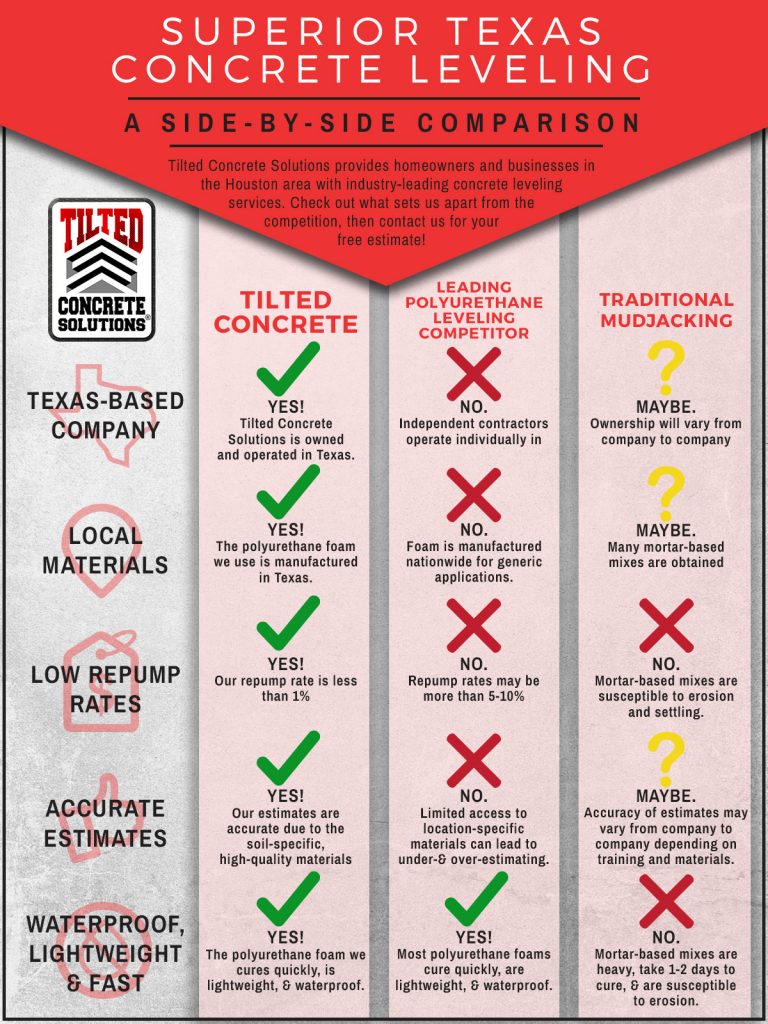Tips For Preparing Your Wall Surfaces For A Clean Paint Task
Tips For Preparing Your Wall Surfaces For A Clean Paint Task
Blog Article
Post Developed By-Levesque Berthelsen
Attaining a perfect paint job starts with precise wall prep work. From filling out imperfections to priming surfaces, each step plays a critical function in the final result. Yet what regarding those challenging corners and sides that can make or damage the overall appearance? Stay tuned to uncover professional pointers on exactly how to navigate these challenging areas with finesse, ensuring a smooth finish that will raise your area to new elevations of sophistication.
Wall Surface Maintenance
Evaluating wall surfaces for any flaws and quickly addressing them via essential repair services is vital for attaining a smooth and remarkable paint job. Prior to beginning the paint procedure, carefully analyze the walls for cracks, openings, dents, or any other damages that could influence the outcome.
Beginning by completing any kind of splits or openings with spackling compound, allowing it to completely dry entirely prior to sanding it to create a smooth surface area. For bigger dents or damaged areas, consider utilizing joint compound to make certain a smooth repair work.
Furthermore, look for any loosened paint or wallpaper that may require to be removed. Scrape off any type of peeling off paint or old wallpaper, and sand the surface to produce a consistent appearance.
It's likewise vital to examine for water damages, as this can lead to mold growth and affect the bond of the new paint. Resolve any type of water spots or mold with the proper cleansing remedies before waging the painting process.
Cleansing and Surface Preparation
To ensure an excellent and well-prepared surface for paint, the following step involves thoroughly cleaning and prepping the wall surfaces. Begin by cleaning the wall surfaces with a microfiber fabric or a duster to eliminate any kind of loose dust, webs, or particles.
For even more stubborn dust or gunk, an option of moderate detergent and water can be utilized to gently scrub the walls, complied with by a complete rinse with tidy water. Pay special interest to areas near light switches, door deals with, and walls, as these have a tendency to build up more dust.
After cleaning, it is vital to examine the wall surfaces for any type of cracks, openings, or blemishes. These must be full of spackling substance and sanded smooth once dry. Fining sand the wall surfaces gently with fine-grit sandpaper will certainly also aid produce an uniform surface for painting.
Priming and Insulation
Prior to painting, the walls should be primed to ensure appropriate bond of the paint and taped to secure surrounding surfaces from stray brushstrokes. Priming serves as a critical step in the painting procedure, especially for brand-new drywall or surface areas that have been covered or repaired. see page helps seal the wall, developing a smooth and uniform surface for the paint to stick to. Additionally, primer can boost the sturdiness and coverage of the paint, inevitably resulting in a much more expert and resilient coating.
When it involves taping, making use of painter's tape along trim, ceilings, and various other surface areas you wish to secure is essential to accomplish clean and crisp paint lines. Painter's tape is created to be easily applied and eliminated without harming the underlying surface or leaving behind any kind of deposit. Put in mouse click the next document to effectively tape off areas prior to repainting to conserve on your own the hassle of touch-ups later.
Conclusion
In conclusion, properly preparing your wall surfaces prior to painting is critical for accomplishing a remarkable surface. By evaluating for imperfections, cleansing thoroughly, priming the surface area, and utilizing painter's tape for tidy lines, you can make certain a professional-looking paint work.
Taking the time to complete these actions will result in a smooth and lasting coating that boosts the overall look of your area.
